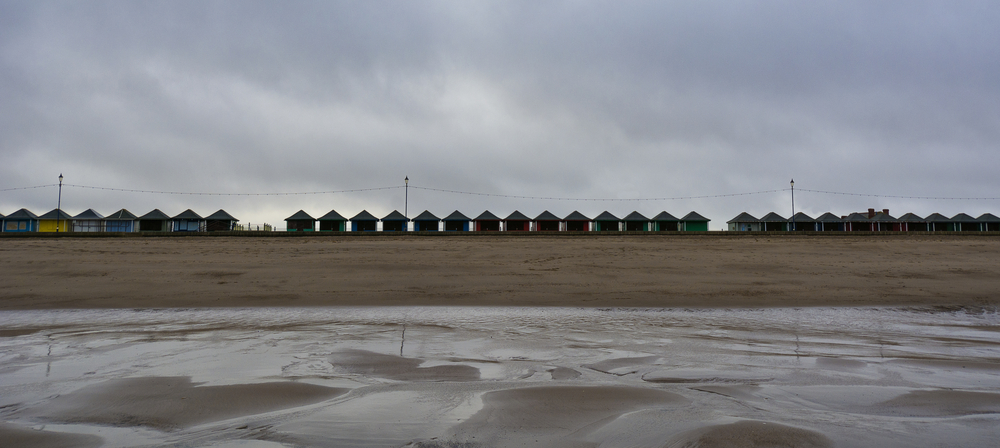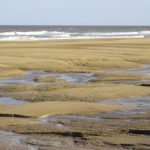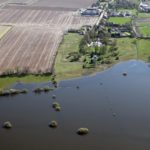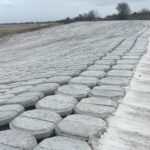News - Construction News
Lincolnshire coast flood scheme gets underway

Work is getting underway on the Lincolnshire coast, which will see some 400,000cu m of sand pumped onto its beaches, to reduce flood risk to more than 20,000 homes and businesses, 24,500 static caravans and 35,000 hectares of land.
In this massive Environment Agency-led scheme, the Lincolnshire Beach Management project involves the raising of beach levels lost naturally to the sea, by dredging sand from the seabed and pumping it onshore. The work forms a key part of the Environment Agency’s management strategy for the Lincolnshire coast, which suffers from higher sea levels and storm waters from climate change.
The Environment Agency recognised the need to review current coastal flood risk management approach and has been consulting with the public on six coastal flood risk options to work alongside beach nourishment as part of the Saltfleet to Gibraltar Point Strategy. This strategy will set out the most sustainable way of managing flood risk on this stretch of coast from 2021 to 2121.
Work began at Boygrift last week, with the project due to continue for two months. Once work at Boygrift is complete, the dredger will move to Trusthorpe, Mablethorpe, Ingoldmells, Trunch Lane, Wolla Bank, Chapel Six Marshes and Huttoft to complete the project.
The HAM316 dredger, which has the lowest carbon footprint of its class, is operating continuously, delivering approximately 5,000cu m of sand twice a day.
Mark Robinson, senior coastal advisor at the Environment Agency, said: “Our work to restore beach levels is important as it protects our coastal defences, such as sea walls, from the energy of the waves as they impact on the coast.
“Our defences along the Lincolnshire coast help us reduce coastal flood risk to tens of thousands of homes and businesses as well as significant areas of agricultural land. By replenishing beaches, we extend the defences’ life.
“The project also brings value to the bustling tourism economy on Lincolnshire’s coast, as without it Lincolnshire’s beaches would not be nearly as sandy.”
If you would like to read more articles like this then please click here.
Related Articles
More News
- Construction output decreased in February
23 Apr 24
The estimates show that monthly construction output is expected to have decreased 1.9% in volume
- Falling from height workplace injuries
22 Apr 24
Following the recent tragic news of Gogglebox star, George Gilbey's death is a stark reminder
- SMEs remain unprepared as cyber threats escalate
19 Apr 24
SMEs neglect cyber security, making them easy targets for a wide range of attacks, including






